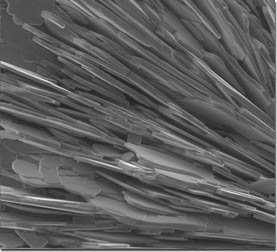Scientists Control Chemical Reactions of Ultracold Molecules
Physicists at JILA have for the first time observed chemical reactions near absolute zero, demonstrating that chemistry is possible at ultralow temperatures and that reaction rates can be controlled using quantum mechanics, the peculiar rules of submicroscopic physics. The new results and techniques, described in the Feb. 12 issue of Science,* will help scientists understand …





